In recent times, nothing has surged more than 3D technology. It has become one of the most tried-and-tested marketing tools for businesses worldwide. 3D technology is also now the most effective method of creating high-end digital content. The reason is the immersive and interactive nature of the content in three dimensions.
What is 3D visualization?
3D visualization is the computerized process of generating hyper-realistic and highly detailed digital images from pre-made 3D models. The specialized rendering software extracts and analyzes the 3D data and develops stunning images.
3D imaging can be used for multiple purposes. Especially in communicating between multiple stakeholders, like seller and buyer, designers and clients, realtors and home buyers, etc. Such as in marketing and promotional materials, websites, eCommerce product listing platforms, and more.
They can be further enhanced with AR/VR, offering online consumers an immersive shopping experience. These visuals are so photorealistic that one can almost touch them, look underneath, rotate them around, etc. This closes the gap between physical and virtual shopping.
Besides, the rendered images play a great role in the decision-making and approval levels of product manufacturing and architecture domains. We will discuss the benefits and usages of 3D designs in detail in the following sections.
Different types of 3D visualization
3D images can come in different types and categories based on their functions. 3D artists merge technicalities and aesthetics to generate visual stories or interactive presentations. Each of these presentation approaches has its own appeal.
Yet they share one common purpose. That is, to convey the product’s key features and USPs to the prospect in the most memorable way and win their praise. Let’s check out the most common 3D visualization types ever created.
-
3D still images

3D still images have an interesting history going back to the mid-19th century, when, in 1891, Louis Ducos Du Harnon first invented the anaglyphs. He submitted printed anaglyphs as his patent that consistent two different colored negatives. One was green, and the other was blue. Both negatives were printed on the same paper, which added depth to the photo.
Thus, it was the first ever man-made and rendered 3D still image.
-
Stereoscopic photographs

Same as 3D stills, stereoscopic pictures date back to the late 10th century. Frederick Ives was the first recorded inventor who patented the “parallax stereogram” process. The process utilizes line screen barriers, adding depth to the photo’s subject. It is now done by using advanced software.
-
3D movies

The advent of cinema also saw movie-goers wear paper glasses with different lenses. One was red, the other green. Movie projectors projected the movie’s left image onscreen differently from the right one. However, today, the process has become 10 times more advanced.
Now, projectors polarize the left side of the image differently from the green. And the audience's polarized, lightweight glasses filter out the images for their respective eyes. This is done through the process of non-real-time rendering, where the 2D images generated can undergo further embellishments.
This is why 3D graphics in animated movies look so photorealistic and almost palpable.
-
3D television sets and early computers

The early onset of 3D TVs and personal computers saw a gradual rise in rear-projection TV sets. Precisely in the late 2000s, these started spawning more and more. The TV screens displayed alternating right and left stereo pictures in quick succession.
Viewers had to put on shutter glasses made of crystal. Also, these glasses had to be in sync with the TV. The technology eventually shifted to frontal-projection screens, not contained within a television case, though with relatively low popularity.
However, computer gamers became fond of the technology with 3D graphics onscreen projection. For example, NVIDIA’s CGI creates breathtaking 3D scenes and environments.
-
3D view without head gears or glasses

This is the type of 3D visualization that doesn’t require any glasses or headsets to view the graphics. The technology runs on the “Auto-stereoscopy” method. First developed in the mid-20th century (1985) by Reinhard Boerner, the printed images, when projected in this method, gave an optical illusion of depth.
The illusion also indicated movement to some extent. By the turn of the modern era, the method evolved to digital displays, for example, mobile phones and video game consoles. 3D CGI projection without glasses or head gears was the breakthrough invention of the digital era.
So much so that it has been under continuous research and development. The year 2013 saw an early version of the glass-free 3D visualization introduced by Stream TV Networks. Following suit, Sony introduced its 3D monitor in 2020.
-
360-degree product views

It goes without saying that 3D 360° product viewers have brought a paradigm shift to the eCommerce sector. Technology has significantly transformed the way online shopping used to happen. With a 360-degree product view of a digital model, customers get intricate details of the product.
It gives them a multi-angle view of the product, which is much needed to make an informed purchase decision. This extremely useful visualization type is the norm for eCommerce listing platforms and marketplaces now.
-
AR-embedded 3D-rendered visuals

A great type, as well as a technique to visualize 3D models, is through Augmented Reality. This approach is another favorite of the eCommerce sector. With AR-compatible models, customers can view the product within their space.
For example, if they want to buy a sofa set, they can scan the QR code of the product through their smartphone and get its projected view in their living room. This will give them an exact scaled view of the furniture, as well as how it complements their house.
Same for apparel or eyegears. Buyers see AR-driven digital overlays of the product’s 3D models on them. This is also called virtual “try-ons”. Because this almost replicates being in a trial room and trying the item physically. It should be noted that these are semi-immersive visualizations.
-
VR-embedded 3D views

This is a one-step upgrade to 3D AR visualization that is completely immersive. This type of visualization technique is generated by VR, or Virtual Reality. Users can see and experience life-like scenes within a digitally created environment.
Such as virtual fish tanks and aquariums, virtual space flight simulators, virtual museums, games, and so on. The user experience is embellished within a 360° environment made of 3D replicas of actual organic things.
-
Real-time renders

Real-time 3D rendering is the technological framework based on which computer video games are built. Within the gaming consoles, gamers put commands at regular intervals. These commands are analyzed and further generated into 2D visuals in real-time.
This is different from non-real-time visualization, where the 2D models undergo post-production to appear highly photorealistic.
Another example of real-time rendering is product configurators. With this technology, prospective buyers can personalize a product based on a few criteria. This includes color, variations, size, model, texture, piping, fabric, style, material, and more. Customers get instantly rendered visuals based on their selected checklists.
Usually, configurators are embedded in digital catalogs, within the brand’s website itself, or on online marketplaces.
-
Lifestyle/white background 3D renders

These types of 3D-rendered visuals are not only low-cost but can also be produced very quickly compared to traditional photography. The rendered product images are put against either a clean, white background or are rendered within a lifestyle background. Both types have their own advantages and are used for product promotional activities.
What are the benefits of 3D visualization and rendering?
3D visuals can be simple 2D product images, high-detail architectural renders, or immersive experiences. Regardless of the way they are seen or experienced, they hold great value for customers, designers, or stakeholders.
Marketing and promotional campaigns, productions and manufacturing, architectural design and developments - all these can take complete advantage of the 3D visualization process.
Let’s discuss the benefits and importance of 3D images in the modern-age consumer market.
-
Boosts customers’ confidence
Interactive 3D visual experiences play a great role in increasing consumer faith and trust in a brand. When they get to see the digital twins of your products online and explore them minutely, it eliminates all doubts in their minds.
Thus, they get complete product clarity as well as understand its complex functionalities.
-
Enhances user experience
With better and more interactive ways of product viewing, consumers eventually get a much better shopping experience. This is more informative and insightful for them compared to buying products based on textual descriptions. Also, prospects tend to stay more on a website when they get to interact with 3D images.
The more a brand can offer such a unique visualization approach to its audience, the more its brand reputation gets a boost.
-
Fewer rate of returns
With dynamic 3D models, it’s easier for customers to check and be sanguine of the product. Moreover, with AR-driven “virtual try-ons”, they are all the more confident in buying a product online. They get exactly how they want the product to be.
As a result, the return rate is also significantly low. Besides, the cart abandonment issue is also reduced.
-
A highly cost-effective option
For businesses of any size, creating a bunch of physical prototypes is a costly affair. 3D technology resolves this issue with its flexibility and accessibility. Try 3D rendering, and you can get stunningly appealing product images ideal for promotions and social media marketing campaigns.
Professional 3D service companies offer very reasonable pricing and charges. Their 3D visualization services come at half the cost of traditional product photography and prototype creation.
-
Brings clarity to communication
This is one of the biggest benefits of 3D design and visualization; they enhance visual communication. This ensures all the stakeholders are in the loop. For construction developments, it is imperative for architects, interior/exterior planners, workers, the realtor, as well as the end client to be on the same page.
Utilizing the power of 3D, they can quickly view how the final construction will appear. Also, they can identify potential design flaws and rectify them immediately without much production costs.
-
Improves sales by creating emotional connections
The power of 3D images helps boost sales and lead conversions by creating an emotional trigger in the buyer’s mind. This is mostly seen in the promotional campaigns of luxury products, as well as real estate.
For any advertisement, the primary motto is to establish an emotional connection with the audience. With 3D, this is all the more possible, as they can see photorealistic images of their selected products. As well as they can twist, rotate, zoom, configure, try them virtually, and take virtual tours.
This true-to-life approach connects with them on a much deeper level, inspiring them to buy.
-
Easy to display multiple options and variations
Blending 3D with real-life photos helps to showcase various options along with their variations. The best part is, there’s no extra CapEx load since everything happens virtually. Each product and option has different interpretations.
It becomes increasingly challenging for marketing people to convince buyers by showing only one or two variations. This is where accurate 3D renderings come into play. Everyone involved can discuss all project ideas and creative viewpoints, which speeds up the decision-making process.
Top 10 best 3D visualization software in 2025
Hope you have a fair understanding of the importance of 3D visualization and imaging. As much as they look captivating, there are some specialized software involved in the process. These advanced software allow 3D modelers to develop hyper-realistic renders in a short time and with flawless quality.
To make things handy for beginners, we have listed a few of these modern 3D visualizers.
What's next for 3D technology and 3D-rendered visuals?
As we are almost on the verge of ending this article, let’s quickly discuss the future of 3D-rendered visuals in the years to come.
Innovation and research are in full sway. Hence, we can expect more advancements in 3D technology in the upcoming years. Most businesses will look for newer ways to incorporate 3D modeling and visualization into their operations. Some of the most imminent trends will be:
- Real-time 3D content
Real-time 3D-based content will be more frequent. They can be seen deployed to handheld IoT devices, such as smartphones, computers, AR/VR devices and headsets, and more. More real-time user engagement can be expected from these live content.
- Growth of the metaverse
With more and more real-time 3D software and content, the metaverse will grow exponentially. The digital twins will be evermore interactive, 3D scenes and environments will be much more immersive. And all of these can be rendered in a few seconds.
- Rapid prototyping will speed up construction
In the coming years, we shall see more of 3D printing leveraged by the architectural industry. Mostly for interior and exterior design models, rapid prototyping will be more common.
Developing accurate floor plans and 3D construction models will see more influence from additive manufacturing. This will not only make the process more transparent but also speedy. BIM applications will adapt Mixed Reality (MR) to reduce design issues and construction flaws.
- Fashion and luxury apparel sector will adopt 3D technology more
Fashion and pageants will transform as we see them now. More and more fashion designers will utilize the technology to conduct virtual runway shows from anywhere in the world. “Haute couture” designers will personalize their designs using VR-powered devices and simulators.
- Corporate sectors
Annual reports and meetings will be more immersive, interactive, and true-to-life. Major presentations in the corporate sectors will get further digitally enhanced with AR-based 3D technology and AI.
- More customer and stakeholders involvement
Thanks to VR technology, customers can take part in the brainstorming and development process. Through high-end VR headsets and compatible 3D models, they can be virtually present during the entire process.
This will help them share creative thoughts, as well as be on the same page. This will greatly help the production designers also, as they can get the feedback beforehand directly from the customer.
Other stakeholders will also be able to participate in this fully immersive environment. Thus facilitating a faster decision-making process.
Conclusion
To conclude this insightful article, it’s safe to say that the future of 3D visualization is highly positive. The technology is almost at its peak now. The following years will take it closer to its pinnacle with newer advancements.
The technology is definitely growing and will continue benefiting several business sectors with its versatility. Newer innovations will make it more effective, which will eventually reflect in the efficiency of these sectors.
To make an impact with 3D designs and images, it’s always recommended to consult experts. Only experts in 3D designing and visualization can create such stunning and flawless renders. Get in touch with a professional 3D visualization service provider and beat the fierce competition. Start delivering more optimum digital experiences to your customers that help in their purchase decisions.



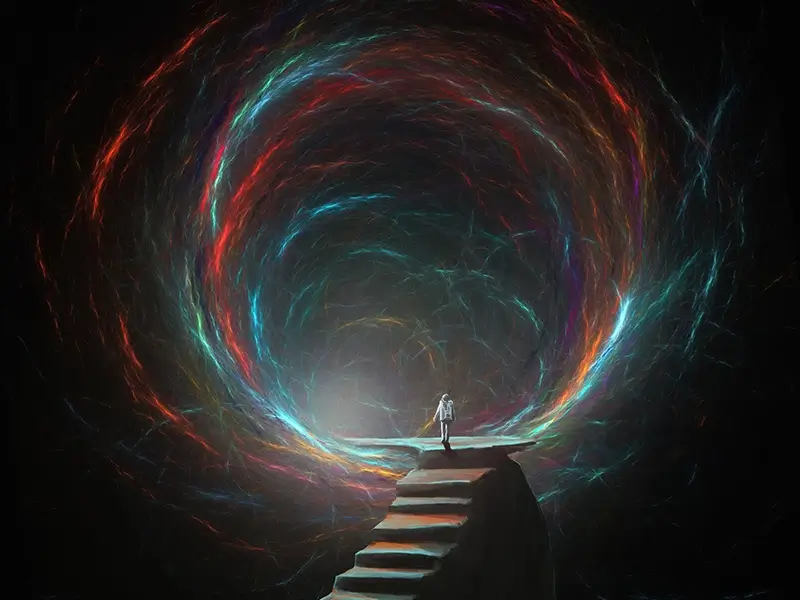

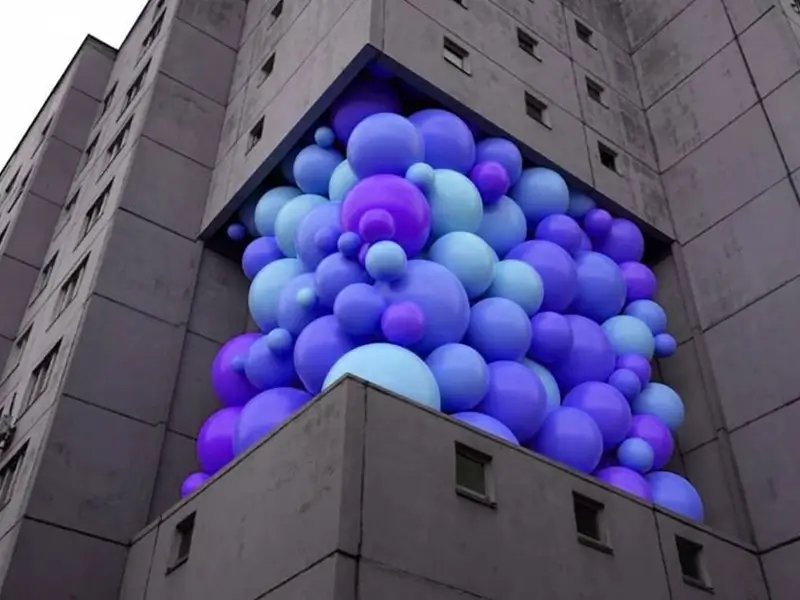
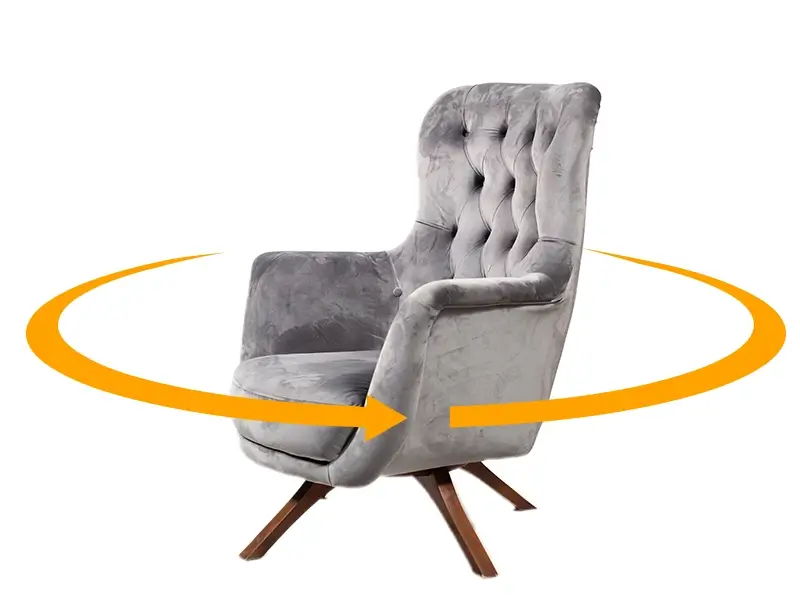
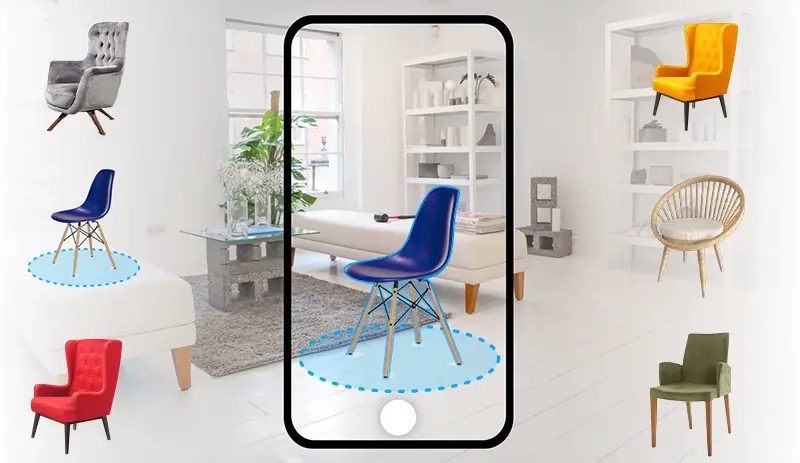
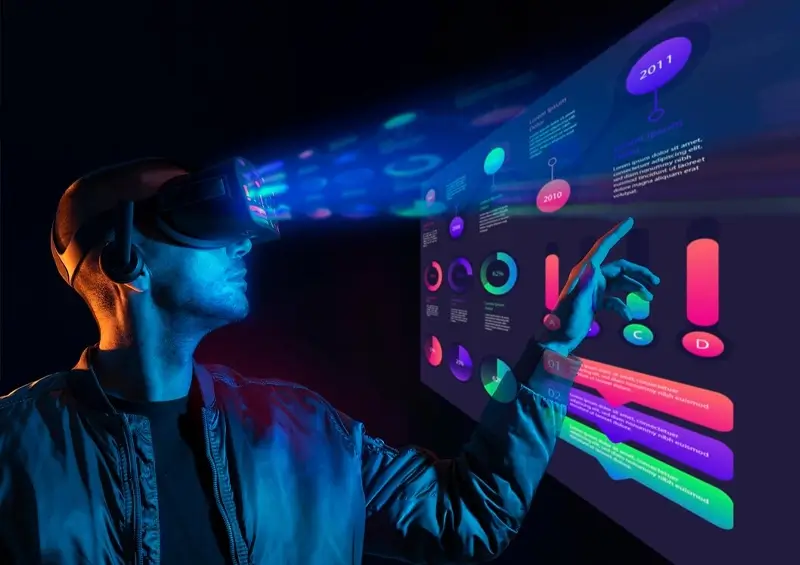

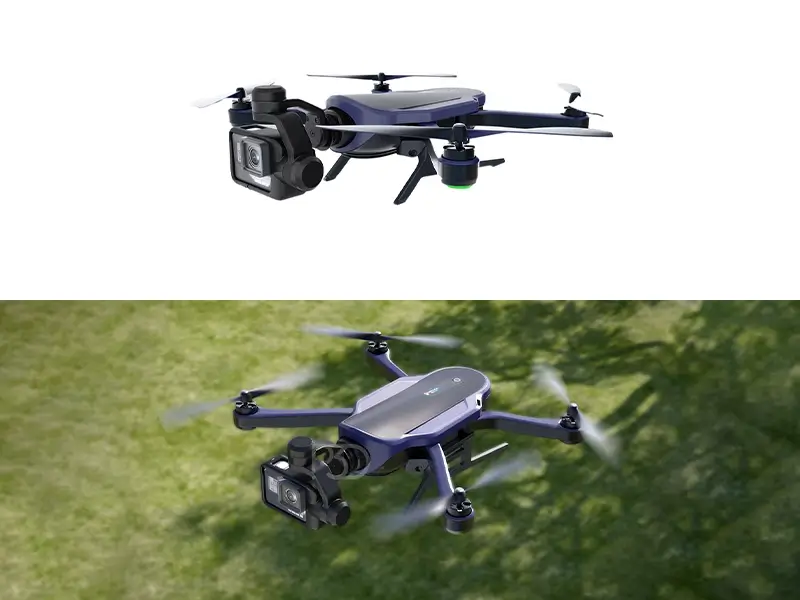
Social Media Video Editing